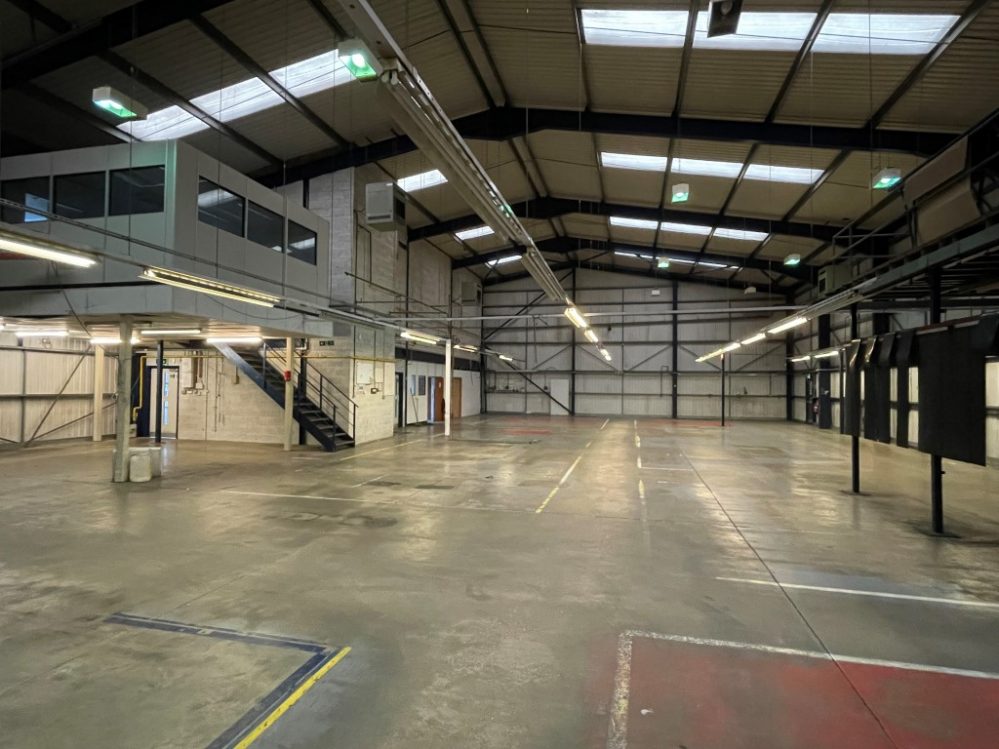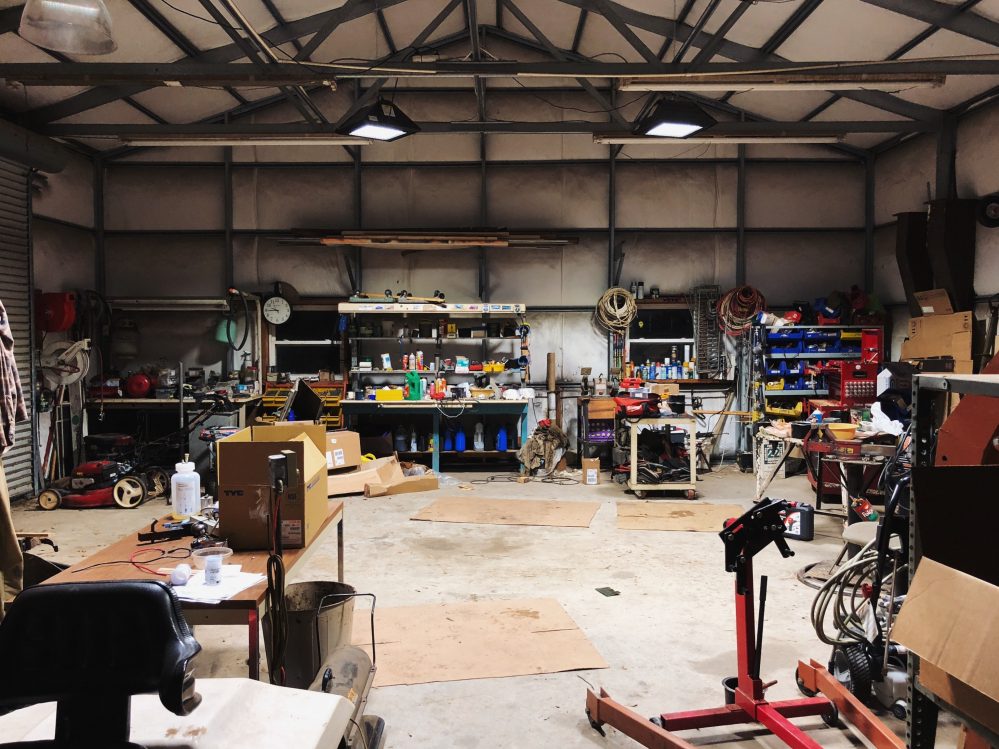What is deemed fair wear and tear when letting a commercial property?
Business Support Finance GuidesIf you are thinking about leasing a commercial unit for the first time, the chances are you’ll be focused on the monthly rent first and foremost. That’s a natural thing to do as it’s an immediate hit to your bottom line. However, it’s also important to be mindful of your legal obligations regarding the condition of the property when the time comes to return it to your landlord.
Within this blog, we’ll explore the concept of wear and tear in a business space and what’s deemed ‘fair’ in the eyes of a typical commercial property landlord.
The value of a schedule of condition
If a commercial property is in a tired state of repair, tenants are recommended to secure what’s known as a ‘schedule of condition’. This schedule is usually developed by a qualified building surveyor, who notes that general condition of the premises at the date the lease begins.
A schedule of condition can be a genuine lifesaver for tenants, as it can be very hard to prove whether the condition of a property has changed five or even ten years down the line. The schedule sets out the key repairing obligations for tenants, providing a baseline for the property’s condition at the end of the lease.
Full repairing obligations explained
If your tenancy agreement is a ‘full repairing and insuring’ lease, it’s important to understand the full implications of this. This requires your business to cover the cost of all repairs and insurances during the lifespan of the lease. The biggest shock that some tenants find with a full repairing and insuring lease is that it requires them to pay for the property repairs even if it was not in a good state of repair when the lease was entered.
All too often tenants believe this kind of lease requires them to restore the property to the same condition in which they found it. This is not the case. Anything that needs repair or investment is the responsibility of the tenant during the term of the lease.
Internal repairing only obligations explained
In some circumstances, tenants may be offered a lease with internal repairing only obligations. This is something that requires time and consideration before any tenant signs on the dotted line – particularly if service charges are also due on top of the rental.
Depending on the condition of the premises, you are within your rights to request that certain repairs are removed from service charge provisions – particularly if you believe it’s the landlord’s responsibility to get them to a reasonable condition. It’s also common for tenants to ask for a cap on their service charges, ensuring your business never pays more than a pre-agreed annual figure.
In summary, fair wear and tear of a commercial property relates to its material degradation or deterioration following its everyday use throughout the period of a commercial lease. This degradation falls outside of the requirements of a full repairing and insuring lease, or indeed an internal repairing only lease. Such degradation may include weathering of the property caused by the outside elements. It doesn’t matter whether it’s an office block, an external workshop or a light industrial unit.
When drafting a new commercial lease, always make sure that you and the landlord are clear on what constitutes fair degradation of said property.
—
Pall Mall Estates have a wide range of low cost commercial properties across the UK.
Take a look at our available spaces here or get in touch with our experienced team here.







